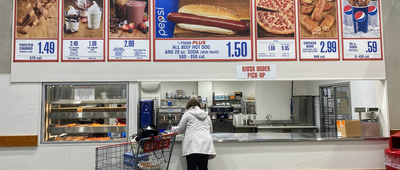Small Animals, Big Costs
One of the most responsible things a prospective pet owner can do is prepare for the costs of having a faithful friend. Of course, there's the cost of buying or adopting and feeding the pet, but other expenses aren't so obvious. Some animals, are prone to costly health issues, while others have special grooming requirements, require pricey habitats, or boost home insurance premiums. These common pets — dogs, cats, and a few exotic choices — might cost you a tad more than expected, including an ultra-popular dog breed that has become so in demand, some owners are carrying guns to protect from dognapping.
Related: Don't Buy Your Pet These Things


























